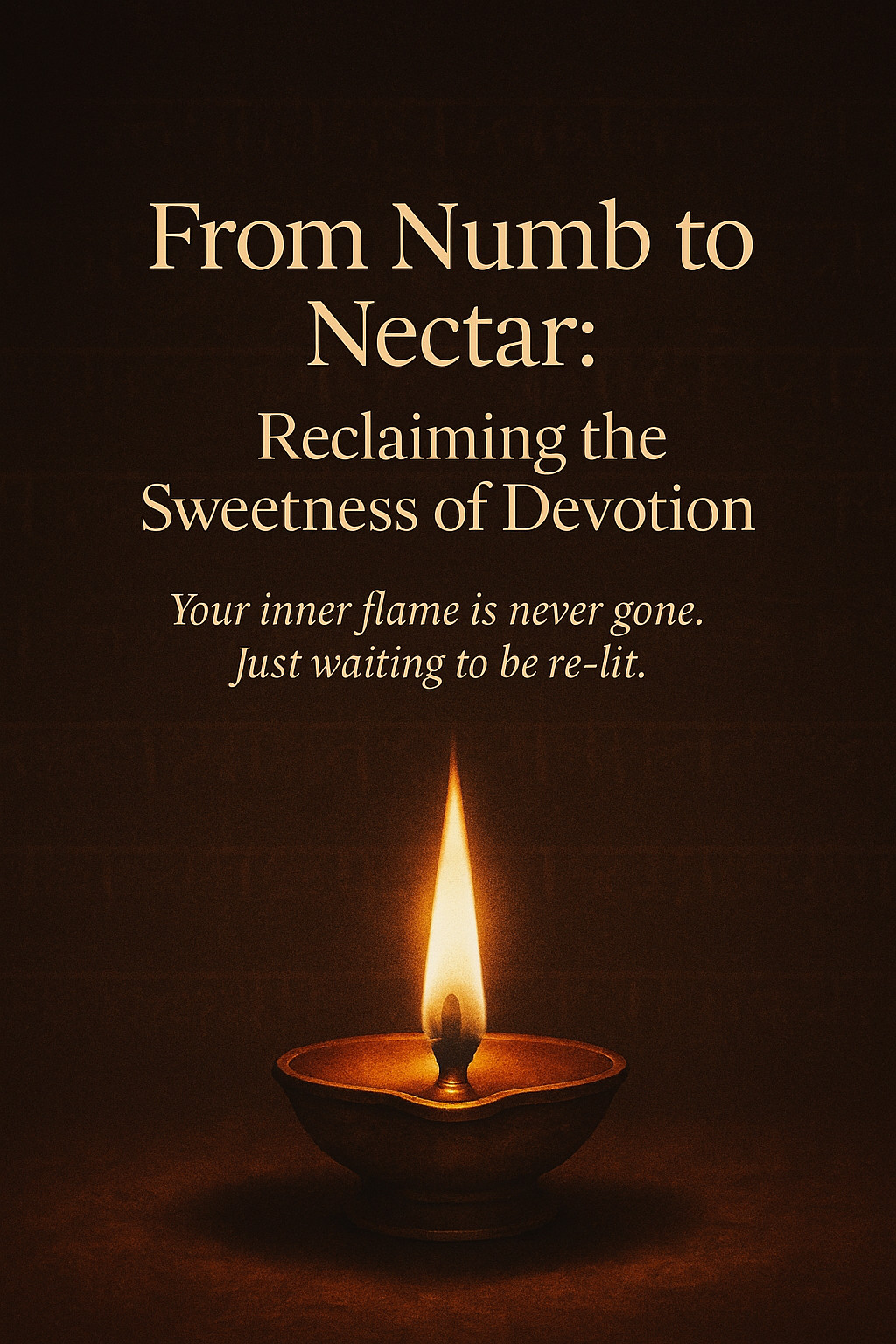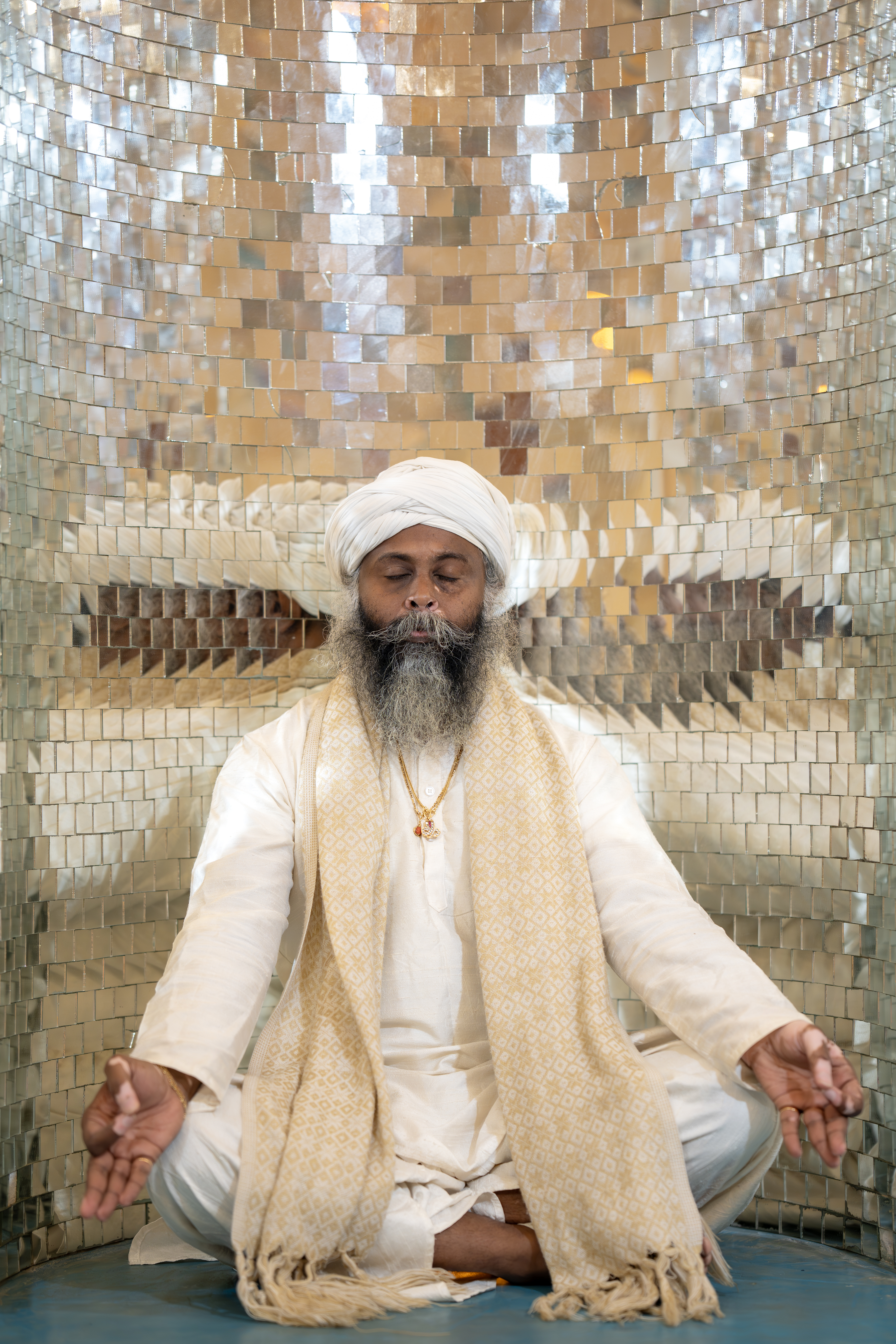Every culture throughout history has developed its own unique system of timekeeping. From the Gregorian to the Mayan calendars, each reflects a civilization’s worldview and spiritual philosophy. In India, one of the most ancient and intricate calendar systems is the Panchanga—a sacred Vedic timekeeping method grounded in Vedanga Jyotisha, the science of Vedic astronomy.
Unlike modern calendars that simply track days and months, the Panchanga is a cosmic guide, aligning human life with the movements of celestial bodies.
🌌 The Origins of Panchanga: Vedanga Jyotisha
The term Panchanga is derived from two Sanskrit words:
- Pancha = five
- Anga = limbs or parts
These five components are:
- Tithi – Lunar day
- Vara – Weekday
- Nakshatra – Lunar mansion (constellation)
- Yoga – Astral combination based on Sun–Moon angles
- Karana – Half of a tithi
These elements together describe the quality of time and are used to determine auspicious moments for rituals, celebrations, travel, and major life decisions.
The Panchanga is deeply embedded in Vedanga Jyotisha, one of the six limbs of the Vedas. While modern Jyotisha often refers to astrology, its original context was astronomical. Ancient seers observed celestial bodies not just to forecast personal events, but to live in harmony with the cosmos.
📆 The Panchanga's Unique Structure
Although based primarily on the lunar cycle, the Panchanga also includes solar calculations, creating a dynamic and holistic system of time.
1. Tithi (Lunar Day)
There are 30 tithis in a lunar month, marking each phase of the Moon.
Key points:
Key points:
- Purnima = Full Moon
- Amavasya = New Moon
Each tithi carries specific energetic qualities used in ritual timing.
2. Vara (Weekday)
The 7-day week is associated with planetary energies:
- Sunday – Sun (Surya)
- Monday – Moon (Chandra)
- ... and so on.
Understanding Vara helps align daily actions with planetary influences.
3. Nakshatra (Lunar Mansion)
The Moon travels through 27 Nakshatras every month, each governing traits, emotions, and auspicious timings. These are essential in birth charts and event planning.
4. Yoga (Sun-Moon Angle)
There are 27 Yogas, calculated by the angular distance between the Sun and the Moon. Each yoga has a specific energy, influencing the quality of time.
5. Karana (Half Tithi)
There are 11 Karanas, and two Karanas make up one tithi. They help in further refining auspicious timings for actions and ceremonies.
🪔 Panchanga in Daily and Spiritual Life
The Panchanga is not just for scholars or priests—it is woven into everyday life in India:
- Choosing muhurtas (auspicious timings) for weddings, inaugurations, or journeys
- Planning festivals like Navratri, Diwali, and Makar Sankranti
- Aligning daily routines with cosmic energies for enhanced well-being
Living in sync with the Panchanga means living in rhythm with the universe, which fosters harmony, clarity, and spiritual alignment.
🔭 Panchanga and the Science of Vedic Astronomy
Though often linked with astrology, the Panchanga’s roots lie in astronomy. Ancient Indian sages tracked:
- Planetary transits
- Solar and lunar eclipses
- Solstices and equinoxes
- Lunar months and solar years
The Vedanga Jyotisha texts—some of the world’s oldest astronomical records—reveal a system that was not only spiritually inspired but scientifically sophisticated.
🕉 The Spiritual Essence of the Panchanga
At its core, the Panchanga is a spiritual compass.
It helps individuals:
- Align personal actions with universal dharma
- Understand the connection between macrocosm and microcosm
- Cultivate a life of conscious rhythm and purpose
It reminds us that time is not a mechanical sequence but a living rhythm, and we are an integral part of that cosmic dance.
🧘♀️ Conclusion: A Timeless Cosmic Rhythm
The Panchanga, born from Vedanga Jyotisha, is a magnificent integration of astronomy, astrology, and spirituality. In a world increasingly disconnected from nature’s cycles, the Panchanga offers a path back to harmony—with time, with the cosmos, and with ourselves.
Understanding the Panchanga transforms time from a ticking clock into a divine rhythm—a song of the universe in which we are all invited to dance.


0 Comments